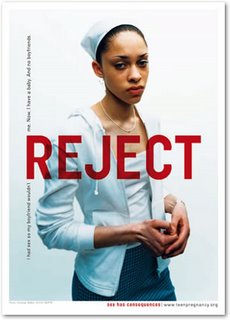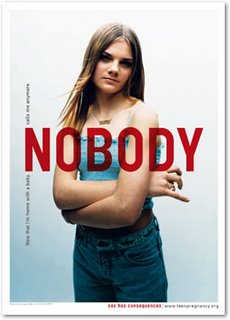 In a wonderfully provocative article titled “Compulsory Heterosexuality and Lesbian Existence” (full text), writer and poet Adrienne Rich argues, among other things, that the assumption of heterosexuality in the context of patriarchy alternatively erases and stigmatizes woman-to-woman bonds.
In a wonderfully provocative article titled “Compulsory Heterosexuality and Lesbian Existence” (full text), writer and poet Adrienne Rich argues, among other things, that the assumption of heterosexuality in the context of patriarchy alternatively erases and stigmatizes woman-to-woman bonds.
Though the title specifies lesbianism, she means intense and meaningful relationships between women more generally. In other words, an overbearing heterosexuality orients women towards men not just as sexual and romantic partners, but as the arbiters of all that is good and right. Accordingly, women don’t turn to other women to validate their ideas, their value, their beauty, or anything else about them. This post, analyzing the reality show Battle of the Bods, is a stark example.
If only men can validate women’s worth, then other women exist only as competition for their approval. This is good for patriarchy; it divides and conquers women, keeping them constantly looking to please the men around them and making them feel invisible and worthless if they can’t get attention from or endorsement from men.
There are various strategies for getting men’s stamp of approval: being the busy and useful mother of a man’s children is one way, while being a childless so-called “trophy wife” is another. You can imagine, right away, that these two kinds of women might see themselves as in competition. One may be more harried, with less time to tend to her physical fitness and keep her hair shiny and her make-up and clothes just right. The other may have plenty of time to keep herself fit and beautiful, but knows that her connection to her husband may feel less permanent without children to tie her to him. Moreover, the childless wife is often a second wife. So all sexy, single, childless women are, theoretically, a threat to the wife and mother. And all husband/dads are, theoretically, a target for wanna-be second wives.
Pop culture constantly re-affirms these narratives. It frequently naturalizes the idea that women should turn to men, and not women, to reinforce their value. Portraying women as in competition is part of that. The “trophy wife” vs. the “busy mom” is one of those match-ups. Enter this Volvo ad, sent in by Dolores R.:
The ad encourages us to think mean-spirited thoughts about the married but (presumably) childless woman with the puckered lips. She clearly sees herself as in competition with the redhead, looking over to check that she is, in fact, more beautiful, and looking satisfied that she is. The redhead, though, has (supposedly) more important things to do than check herself out in the mirror. She’s got kids. How shallow the blond, we’re told to think, how fake. “Designed for real people,” the narrator explains, “designed around you.”
These battles — between childless women and mothers, one kind of mother and another, old women and young, thin women and fat, ugly women and beautiful, popular and less popular, mother-in-laws and daughter-in-laws, between strangers and between best friends — this is patriarchy in action. It weakens women as as group and makes it more difficult to fight oppression.
As my good friend Caroline Heldman says, when we see women that excel in some way — whether they be accomplished in their career, impressive fashionistas, incredible parents, truly loved partners, inspired artists, or what-have-you — we are taught to find something about them to dismiss because they make us feel insecure. Instead, we should think “How fabulous is she! I want to tell her how great she is and be her friend!”
Lisa Wade is a professor of sociology at Occidental College. She elaborates on these themes in her talk, A Feminist Defense of Friendship. You can follow her on Twitter and Facebook.


























